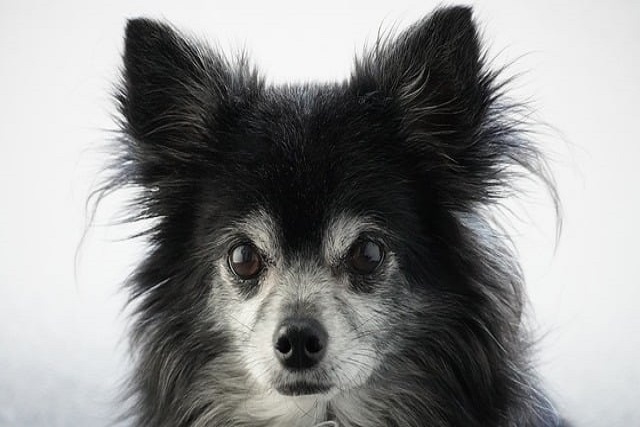
How do i train my dog to be obedient?
Watching your dog dart across the park ignoring your calls isn’t just frustrating—it can put them at risk near busy streets or public spaces.
It’s a crisp autumn morning in your Chicago neighborhood park, and your 8-month-old labradoodle, Ruby, spots something shiny in the grass—a discarded candy wrapper, crinkling invitingly. Before you can react, she’s nosing it, tongue flicking out to taste whatever’s inside. Panic spikes: that could be chocolate, raisins, or worse. This is exactly why the “leave it” command is a lifesaver—not just for manners, but for her safety. Let’s break down how to teach it, step by step, in a way that feels like play, not work.
Dogs are curious by nature—their brains are wired to investigate new smells, textures, and tastes. To Ruby, that wrapper is a puzzle, not a risk. The “leave it” command teaches her to pause, look to you for guidance, and trust that ignoring the thing will bring something better. Think of it like teaching a toddler to “stop” before touching a hot stove—you’re giving her a tool to make safe choices. A trainer in Seattle calls it “impulse control training”: it strengthens the part of her brain that says “wait” instead of “grab.” Puppies learn this fastest because their brains are still forming habits, but even adult dogs pick it up with consistency.
Start indoors, where distractions are low. Grab two treats: a “regular” one (kibble works) and a “high-value” one (think string cheese or a piece of hot dog). Hold the regular treat in your closed fist, letting Ruby sniff and nudge. The second she pulls back—even for a split second—say “leave it,” open your other hand, and give her the high-value treat. Repeat this 10 times a day. By day three, she’ll start pulling back as soon as she sees your closed fist, waiting for the better reward. Next, place the regular treat on the floor, covering it with your foot. When she looks up at you instead of pawing, say “leave it” and reward with the good stuff. My neighbor in Austin did this with her beagle, Max, who went from stealing socks to ignoring them in two weeks—now, she can set a steak on the coffee table, say “leave it,” and he’ll sit, tail wagging, until she gives the okay.

Once Ruby nails it inside, take it outside—start with quiet sidewalks, then move to busier spots. If she darts for a discarded chip bag, say “leave it” firmly (not loudly) and redirect with a treat from your pocket. In apartment buildings, practice in the hallway: when she sniffs a neighbor’s dropped mail, use the command and reward—this keeps her from pestering others, which aligns with HOA rules about “well-behaved pets.” When walking, keep her on a 6-foot leash (no retractables) and always pack poop bags (LA fines $150+ for forgetting)—good manners and safety go hand in hand. Never scold her for failing—if she grabs the thing, calmly take it away and try again with an easier setup. Positive reinforcement (praising her when she “leaves it”) builds trust way better than frustration. And while you’re at it, confirm her rabies vaccine is current; most dog parks require proof, and a dog who listens to “leave it” is safer around other pets and people.
By winter, you’ll be strolling through the park, Ruby trotting beside you, and when she spots that candy wrapper again, she’ll glance up at you, tail thumping, waiting for her treat. That’s the magic: “leave it” isn’t just a command—it’s a conversation, where she learns to trust your judgment as much as her curiosity.

Watching your dog dart across the park ignoring your calls isn’t just frustrating—it can put them at risk near busy streets or public spaces.

New puppy owners often find themselves rushing to clean up accidents before they set in, and that’s where puppy pad training becomes a game-changer.

If you've noticed your dog's waistline disappearing and your veterinarian has mentioned those few extra pounds, your first instinct might be to simply reduce the amount of food in their bowl.

Training a dog to use a designated spot indoors isn’t as daunting as many new owners fear, but it does take consistency and an understanding of your pet’s needs.

That moment of dread on a walk is all too familiar for many new dog owners. You see another dog approaching down the sidewalk of your neighborhood

If the sight of another dog on your neighborhood walk makes your heart sink as your own dog erupts into a frenzy of barking and lunging, you're not alone.